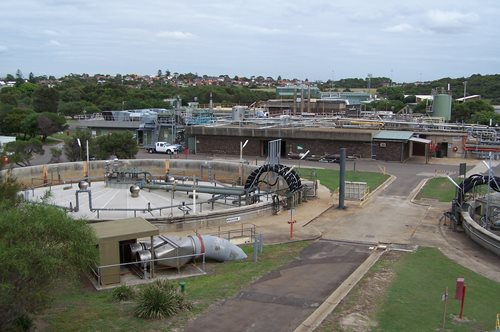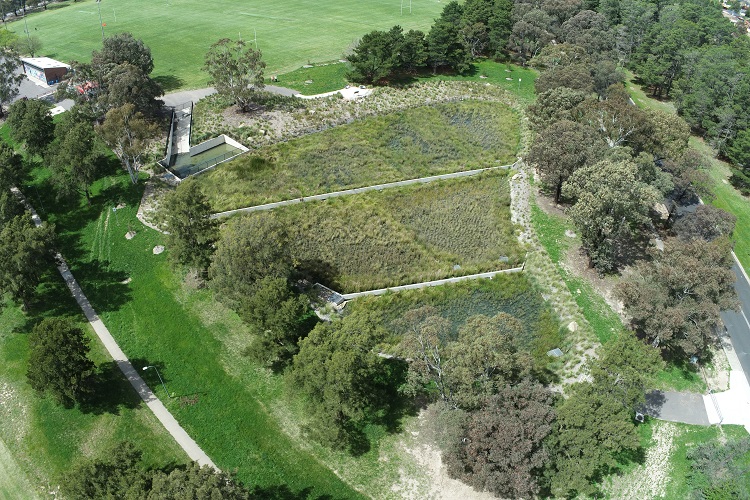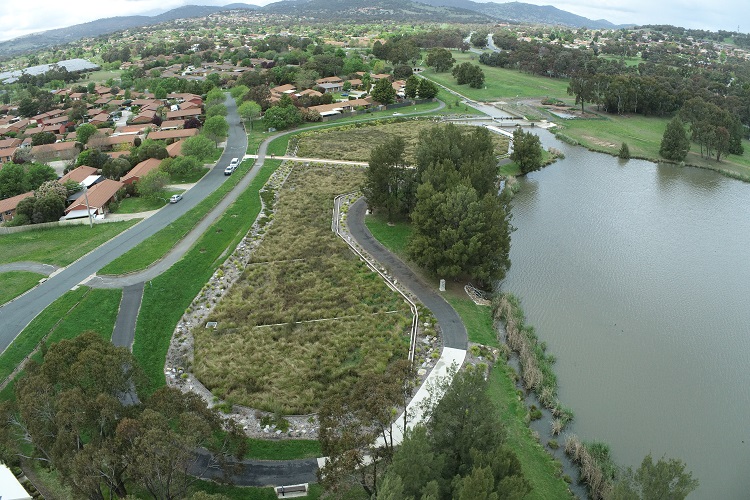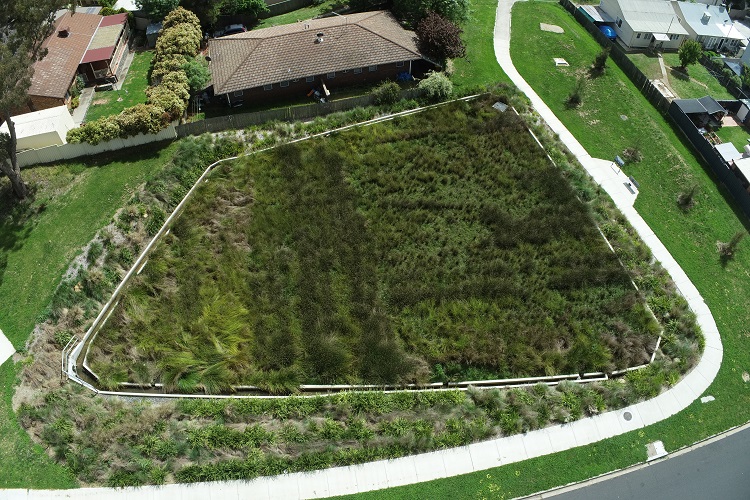Project Overview
The ACT Healthy Waterways Project is a joint initiative of the Australian and ACT governments to protect and improve long-term water quality in the ACT and further downstream in the Murrumbidgee River system.
It involves the construction of a range of infrastructure - ponds, wetlands, and rain gardens – as well the restoration of creeks. The projects are all designed to ‘turn off’ or reduce the amount of nutrients, sediment and pollutants entering our waterways. The focus is on improving water quality higher up in the catchment where rainwater becomes stormwater.
Twenty infrastructure projects will be constructed, and two research projects conducted across six priority catchments:
- the established catchment of Lake Tuggeranong
- the established catchment of Yarralumla Creek
- the developing catchment of Upper Molonglo
- the developing catchment of Lower Molonglo
- the developing catchment of West Belconnen
- the industrialised Fyshwick catchment.
Key Achievements
- 19 water quality control assets have been delivered within the project duration across Canberra and-Queanbeyan region.
- One asset is the largest bioretention garden built in southern hemisphere.
- Positive public feedbacks about the project
- Improved public amenities and enhanced ecological value
Rating Highlights
The project has exceeded the credit benchmark for Eco-1 as per the credit summary form. The project has enhanced overall per area ecological value from 0.279 to 0.44, an increase of 59%. This exceeds the benchmark required for Level 3 of this credit, set at 20%. The design and construction of project made deliberate efforts to enhance existing ecologic value by assessing existing trees and habitats for wildlife. The new infrastructure increased waterbody and vegetation for the benefits of ecosystem diversify in the Capital region.
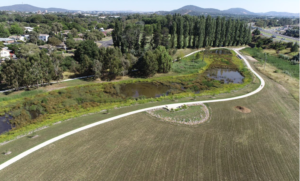
Clean water is precious resource. While treating the waterways, it is better to minimis water usage as much as possible during construction and establishment period. Since the design, the team made selection of plants most endemic native plants. There were huge savings in water consumption comparing using exotic species.
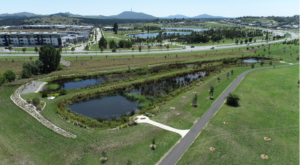
The project had received huge positive feedbacks from the public. It turned most sites from green field into ecologically diversified amenities that public really enjoys. Works are also carried out in natural reserve in Jerrabomberra wetland (FW025), which has international significance. Seasonal birds migrate from north Asia in Jerrabomberra wetland in summer. The enhancement attract will attract more birds and bird watchers.
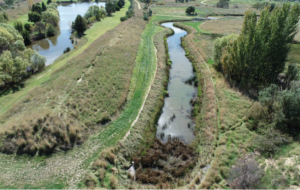
Australian Firsts
TG010 is the largest bioretention garden built in southern hemisphere
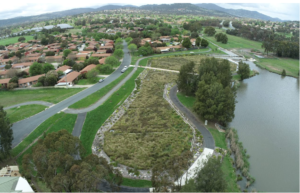
State Firsts
Large scale of WSUD infrastructure over $50 million

